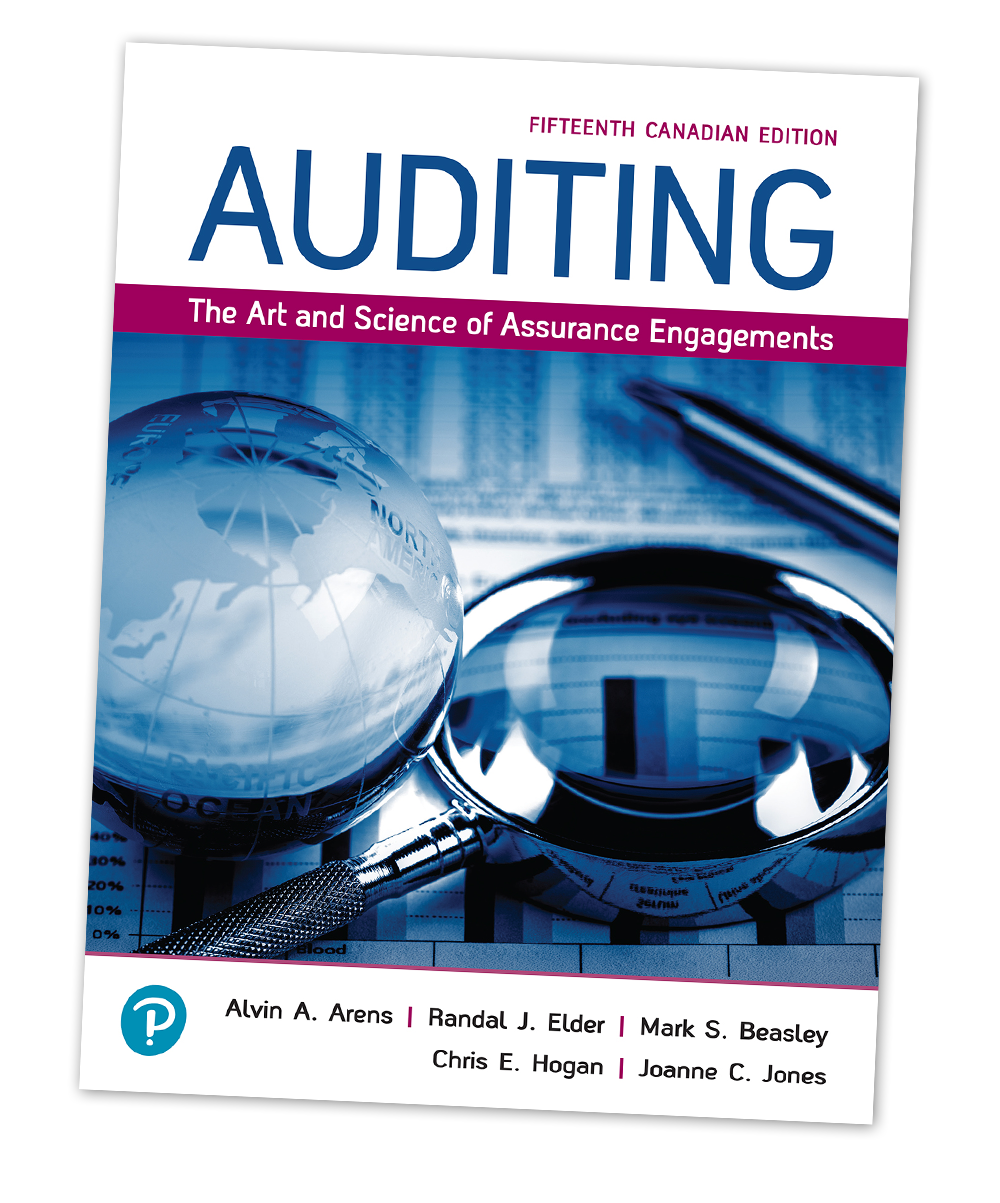Prepare students for the real world of auditing with a decision-making approach
MyLab Accounting with Pearson eText for Auditing: The Art and Science of Assurance Engagements, Fifteenth Canadian Edition
Alvin Arens, Mark S. Beasley, Chris E. Hogan, Joanne C. Jones, Bartoz M. Amerski
Intended for one or two-semester introductory auditing courses at the undergraduate or graduate level, the primary emphasis of Auditing: The Art and Science of Assurance Engagements is on teaching students the auditor’s decision-making process.
Despite its practical nature, many students often view auditing as an abstract subject. To address this, the authors have worked to ensure that the 15Ce is more relatable and understandable to students than ever before by integrating course-specific digital tools designed to help students apply what they’ve learned and practice their decision-making skills in order to succeed.
Pop-up
Request more information

FEATURES of this fully integrated learning program
MyLab Accounting is a teaching and learning platform that empowers instructors to reach every student. By combining trusted author content with interactive course-specific digital tools, MyLab Accounting personalizes the learning experience and improves results for each student.
Request a Demo
Request more information
1 The Demand for Audit and Other Assurance Services
2 The Public Accounting Profession and Audit Quality
3 Professional Ethics and Legal Liability
4 Audit Responsibilities and Objectives
5 Audit Evidence
6 Client Acceptance, Planning, and Materiality
7 Assessing the Risk of Material Misstatement
8 Internal Control and COSO Framework
9 Assessing Control Risk and Designing Tests of Controls
10 Develop Risk Response: Audit Strategy and Audit Program
11 Audit Sampling Concepts
12 Audit of the Revenue Cycle
13 Audit of the Acquisition and Payment Cycle
14 Audit of the Inventory and Distribution Cycle
15 Audit of the Human Resources and Payroll Cycle
16 Audit of the Capital Acquisition and Repayment Cycle
17 Audit of Cash Balance
18 Completing the Audit
19 Audit Reports on Financial Statements
20 Other Assurance and Non-Assurance Services
Request your Copy
Request more information






